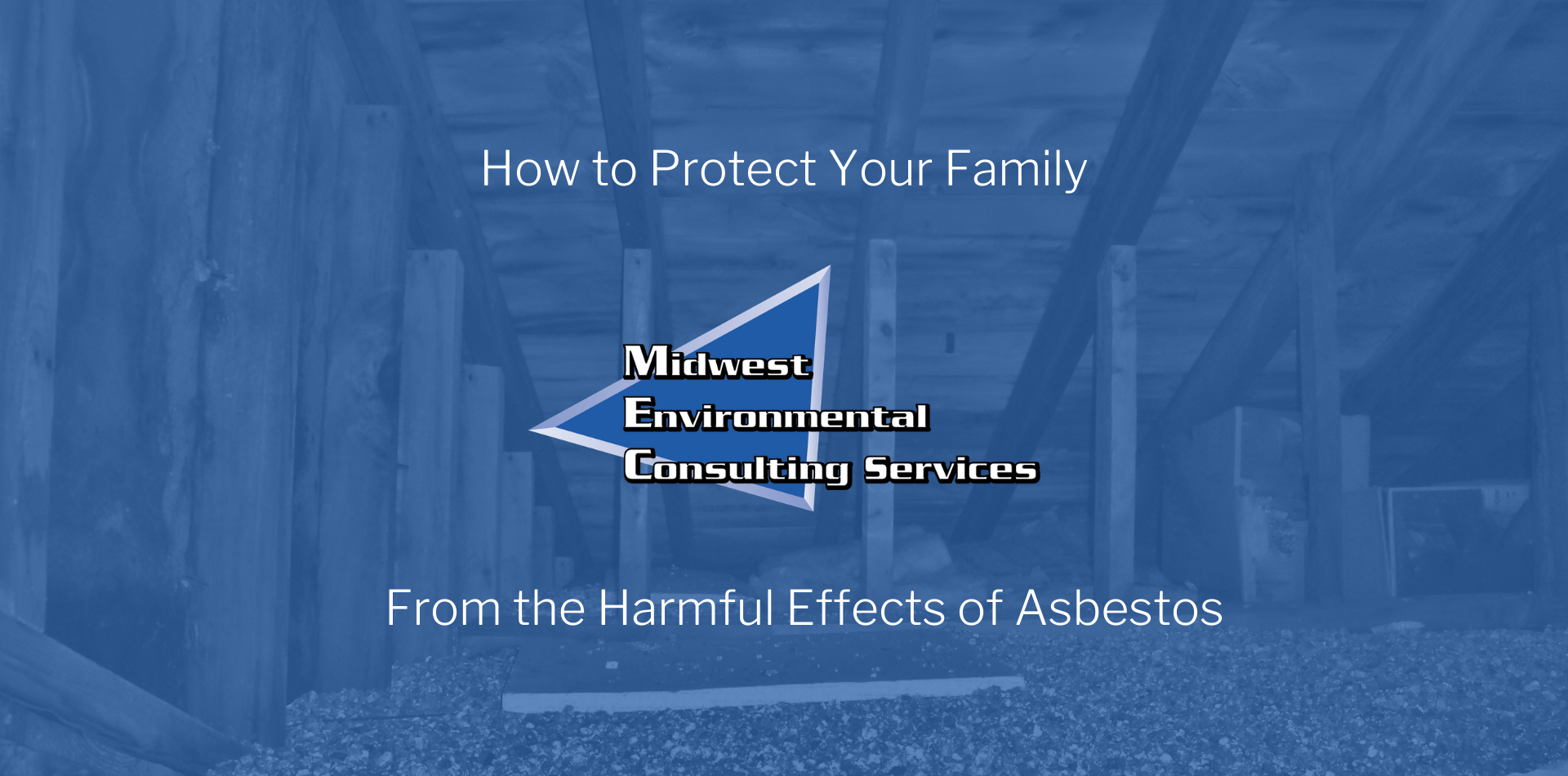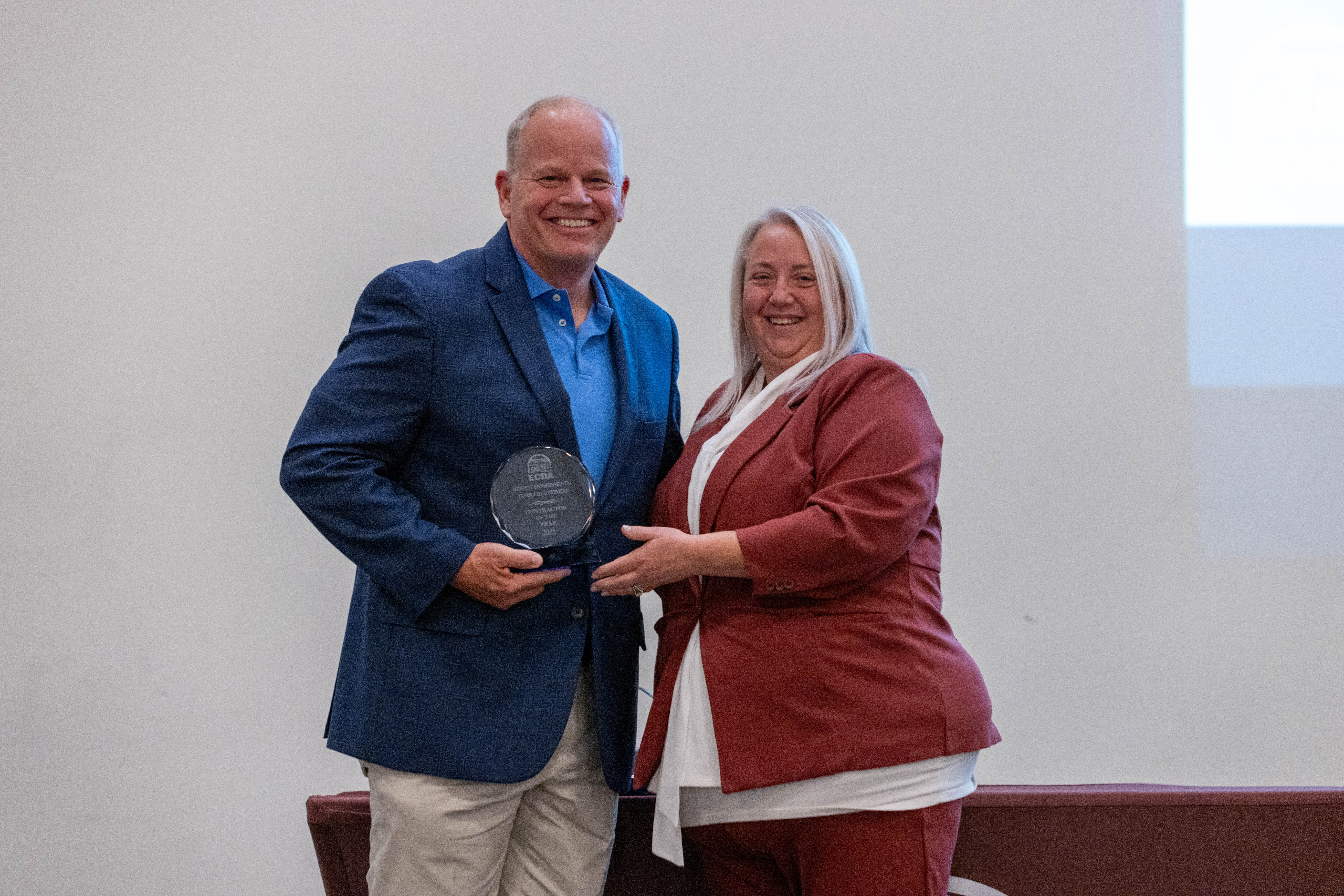Asbestos as such is a useful mineral because of its qualities like heat-resistance, corrosion-resistance etc but direct exposure to this mineral is also very toxic. It works as an amazing insulator and commonly used in materials such as cement, paper, cloth, plastic to make them sturdy and durable. However, when the asbestos dust is ingested or inhaled by humans, it can harm their bodies to a great extent.
With that in mind, in this article, we are sharing the ways in which you can identify asbestos in the home and protect your family from its toxic exposure. So, without wasting any time, let’s begin!
How To Spot The Materials That Contain Asbestos?
The deal is, you can’t simply tell if a material has asbestos or not just by having a look at it, unless it is mentioned on it. So, if you doubt that a particular material contains asbestos, simply leave it in an open space. You will need to get your home inspected by a licensed asbestos professional for the suspicious material.
Below are the situations when you must request an asbestos professional to inspect your home:
-
If you’re thinking about remodeling of your home. This is because remodeling can disturb the materials.
-
Your home has damaged materials such as falling insulation, crumbling foundation etc.
A well-trained and experienced asbestos professional will take the samples for testing. He knows where and what to look at and also the risks that are associated with the asbestos-rich materials. In fact, if the inspection is done poorly, the process can become very hazardous to the people surrounding by. This is the reason, it is not recommended to take the asbestos samples on your own.
Also, if your home doesn’t have any damaged building materials and if they won’t budge, you don’t require any kind of asbestos inspection at your home. Generally, the materials that are in good condition can be left alone.
What Should Be Done On Finding Asbestos-rich Materials At Home?
If you find out that there are certain asbestos-containing materials at your home, don’t panic. Know that the materials that are not disturbed or damaged are not going to cause any health hazard. The best idea is to leave such material alone even if they aren’t damaged. Usually, the asbestos-rich materials that are not damaged or disturbed by remodeling or any such procedure will not release the toxic asbestos fibers.
These materials only release the fibers when they are either damaged or disturbed. Asbestos-containing materials are usually disturbed /damaged when they are torn, cut, removed in an improper way, drilled, sawed or scraped. Just monitoring such materials from a distance for any visible sign of damage or wear
Never touch the material that contains asbestos. Keep an eye on the signs such as wear, tear, water damage, abrasion etc. Don’t allow the family members, especially kids and elderly to come near suspicious materials.
Do’s And Don’ts While Dealing With Asbestos-containing Materials
Do’s:
-
Leave the asbestos-rich materials undisturbed and undamaged.
-
Don’t come in contact with such materials. Limit the activities in the areas where materials containing asbestos as kept. Don’t allow kids and elderly to come in these areas.
-
Take necessary precautions to keep the asbestos-rich materials undamaged and undisturbed.
Allow the removal or repair done only by the trained and experienced asbestos professionals.
Don’ts:
-
Don’t vacuum or sweep the dirt and debris that is suspected of asbestos content.
-
Don’t carry out jobs like sand, drill, saw on materials that may contain asbestos.
-
Don’t make use of any kinds of abrasive brushes or rugs for stripping wax from asbestos-rich materials.
-
Don’t level the flooring containing asbestos. If needed, try installing a fresh floor covering.
-
Don’t walk around the area that may contain asbestos-rich materials. However, if you can’t avoid such areas and get the floor cleaned using a wet cloth to make sure the toxic particles are removed.
Don’t delay calling the asbestos professional for inspecting your house.
What To Do On Having An Asbestos Issue?
If your home as certain materials that are extremely damaged or disturbed, there are two options that you should consider getting done by a skilled asbestos professionals: Repair and Removal
While removal process involves getting rid of suspected materials completely, repair involves covering or sealing the materials containing asbestos.
-
Sealing: This process is also known as encapsulation. It involves sealing the materials using a powerful sealant that either sticks the asbestos fibers together or adds a layer to the material so that the fibers don’t come out. The areas that are repaired in this manner include pipes, boiler insulation, furnace etc. Sealing should only be carried out by a trained professional.
-
Covering: This is also known as enclosure. In this process, another material is placed over the asbestos-containing material to prevent the asbestos fibers from coming out. Usually, materials such as pipes are covered using a wrap or a jacket.
Who Are Asbestos Professionals And What Are Their Abilities?
Generally, there are three types of qualified asbestos professionals you can hire for dealing with asbestos-containing items. These are :
-
Asbestos Inspector: Professionals can be hired for inspecting the house or any other property, and must be completed by a certified asbestos inspection professional. The process of the inspection involves a thorough visual inspection of the affected building space, inventory of suspect material, bulk sample extraction, laboratory analysis, recommendations, and survey reporting. They also quantify all of the asbestos materials, and determine the locations identified throughout the building. If there is any need of removal or repair of asbestos-containing items, these professionals make sure that the contractors follow proper instructions and also monitor the airflow to make sure there is no increase in the number of asbestos fibers.
-
Asbestos Project Designer (PD): Asbestos removal must be planned and conducted in rigorous detail, only licensed abatement contractors are legally allowed to remove asbestos, and are required to follow the NESHAP rules and regulations (FEDERAL). Integral to abatement project design are considerations for removals, encapsulation, enclosure and continuing operations and maintenance. Asbestos removal requires the complete and total removal of all asbestos material and control of all asbestos fibers that may be released as a result of the abatement work.
-
Asbestos Project Manager and Air Sampling Professional (PMASP): Air Sampling Professionals must be licensed and are responsible for taking air samples to determine the airborne concentration of asbestos inside and outside the work area. The Air Sampling Professional conducts aggressive clearance air monitoring at the end of asbestos abatement projects to ensure that the concentration of asbestos in the air is acceptable for reoccupation of the area.
Things To Keep In Mind Before Hiring An Accredited Asbestos Professionals
-
Any conflict regarding the interest should be avoided. When you hire a professional for repairs or remove asbestos-containing materials, make sure that he is not associated with a firm or a business that the actual removal or repair of the materials. The best option is to hire two different firms.
-
Request the state or federal government approved training certificates from the asbestos professionals you’re hiring. Each and every person handling the asbestos material should provide the proof of their knowledge and skills for working under such conditions.
Have a look at the previous work of the professionals you’re hiring. For this, check out their reviews and see if the firm has any legal actions filed against it.
When Hiring A Professional Asbestos Inspector
-
Make sure that your home inspection includes a proper visual assessment and safe collection of samples for testing in a laboratory.
-
If your home is found with materials containing asbestos, the professional inspector should offer a written document describing the location, type, quantity, and level of damage and also provide the necessary instructions for dealing with such situations.
When Hiring A Professional Asbestos Contractor
-
Before carrying out asbestos remediation, ask the professional contractor to submit a well-crafted and clear contract that describes the plan, cleaning process along with the federal or state rules and regulations that needs to be followed by the professional. To confirm the federal or state laws, check with the asbestos worker protection laws and state agencies.
-
When the procedure completes, take written assurance from the firm that all the work has been done as per the instructions and safety standards.
Make sure your asbestos contractor follows the following instructions :
-
Avoid tracking or spreading the asbestos debris to other parts of the home or any other building.
-
The work site should be clean and free from any kind of dust.
-
Properly dispose of the materials and equipment used for cleaning the asbestos materials and area by disposing them off in leak-proof and sealed plastic bags.
-
After the job is done, the area should be cleaned using wet mops or HEPA vacuum cleaners to make sure that the area is free from any traces of harmful fibers.
-
Avoid using the normal vacuum cleaner.
-
Avoid breaking the materials that contain asbestos into smaller pieces. This could result in the release of toxic asbestos fibers.
-
Seal the work area completely and don’t allow the family members to come until it is entirely cleaned.
-
Turn off the ACs and heaters in that area to make sure asbestos dust doesn’t get spread.
We hope this guide helps you in handling asbestos problem in your home. Call Midwest Environmental Consulting Services for your Asbestos Testing today!




